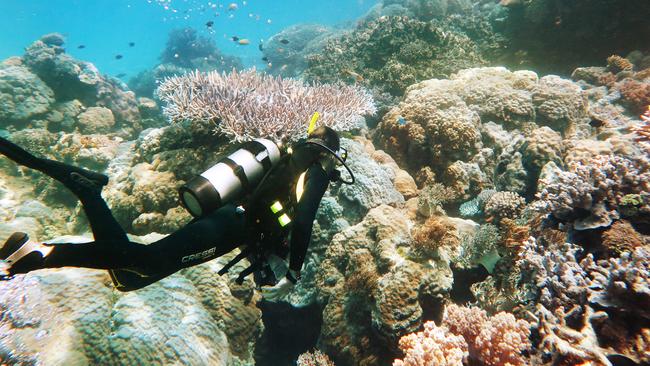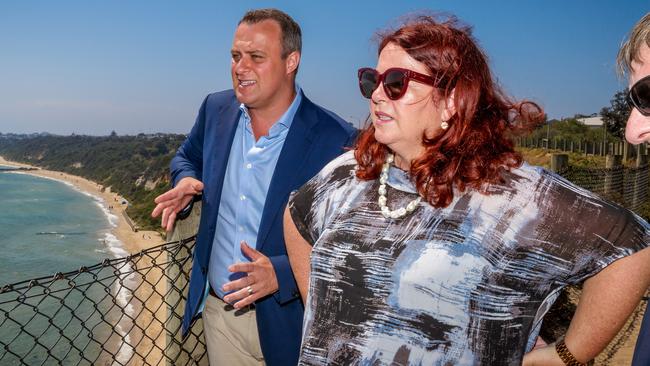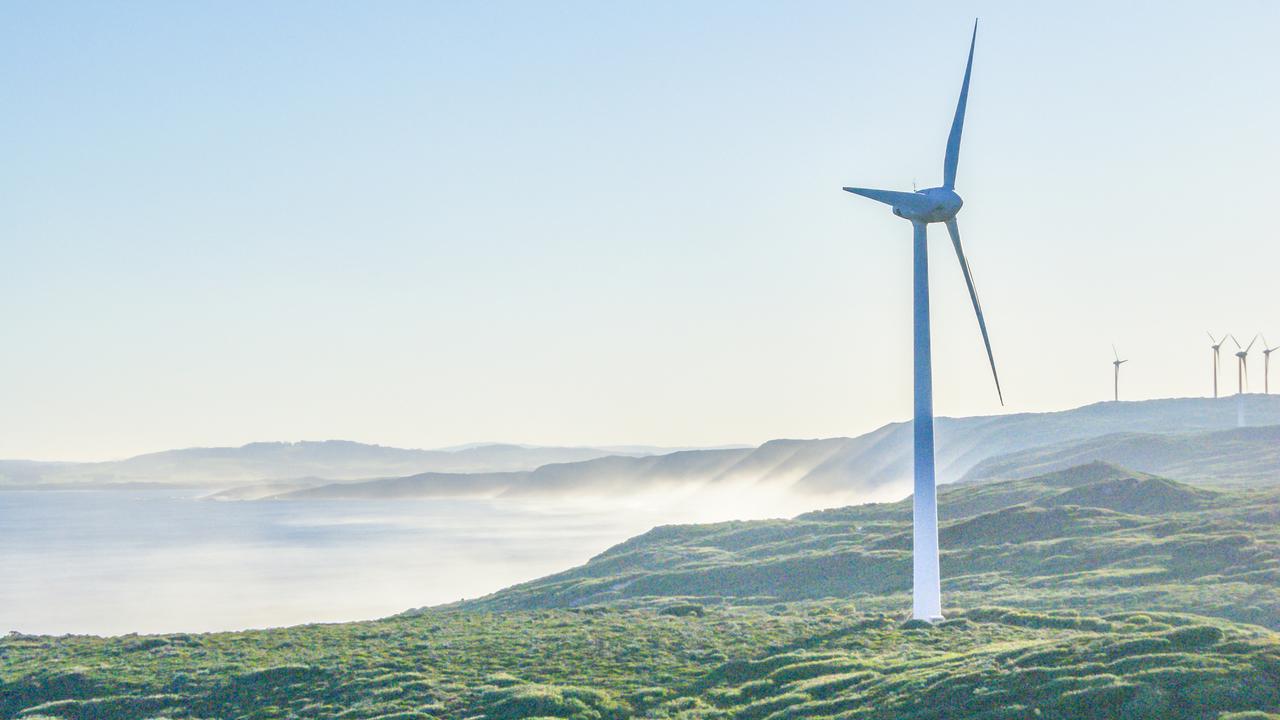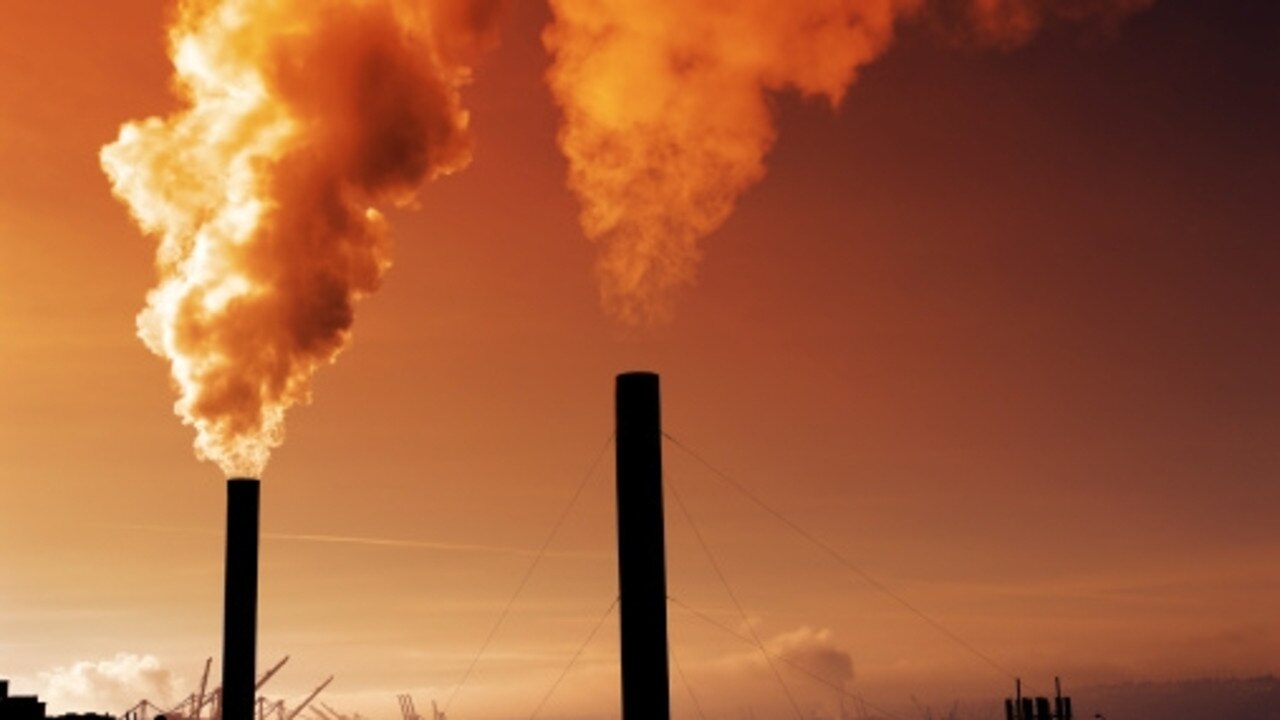Great Barrier Reef plan model for nation, OECD report finds
A once-in-a-decade OECD report has found the Great Barrier Reef plan could serve as a model for other environmental issues.

Australia’s Great Barrier Reef plan could serve as a model for greater co-operation on environmental issues facing the nation, a once-in-a-decade OECD report has said.
The OECD gave Australia a mixed report with 50 recommendations calling for greater efforts on meeting climate targets, biodiversity protection and chemical handling.
It said Australia had managed to decouple GDP growth from the main environmental pressures.
But economic activity and population growth were putting continued pressure on the environment, especially on water resources and biodiversity. Climate change adaptation was a growing challenge.
The OECD said the status of biodiversity was “poor and worsening” with less than 40 per cent of nationally listed threatened species benefiting from recovery plans.
For the plants that did exist, implementation had been constrained by a lack of financing and weak co-ordination.
OECD Secretary-general, Angel Gurria, said Australia had an important responsibility in global environment protection efforts.
“Outlining a long-term low-carbon strategy and scaling up efforts to address biodiversity loss are necessary to progress towards sustainable development,” Mr Gurria said.
Federal environment minister, Melissa Price welcomed the OECD report which she said recognised the excellent work Australia was doing in protecting and conserving our unique environment.
“The recommendations build on work the government is currently undertaking”, she said.
“We acknowledge the findings relating to current and planned biodiversity initiatives, such as the Threatened Species Strategy”, she said.

The OECD report focused heavily on meeting the United Nation’s Paris Agreement climate goals and sustainable development agenda.
“While the country is on track to reach its 2020 climate target, Australia needs to intensify efforts to reach its Paris Agreement goal of reducing GHG emissions (including emissions from land use change and forestry) by between 26 per cent and 28 per cent below its 2005 levels by 2030,” the OECD said.
It said Australia had adopted a piecemeal approach to emission reduction.
“The government needs to streamline its approach and clarify how existing and new instruments can be scaled up to reach the Paris Agreement goals,” the OECD said.
It said the government should “clarify the role of the Emissions Reduction Fund and safeguard mechanism in meeting climate targets, along with their interaction with other instruments, so as to avoid overlap and ensure cost-effective emission reduction.”
“Adopting an integrated energy and climate policy framework for 2030 with an emission reduction goal for the power sector would avoid the projected rise in greenhouse gas emissions,” the OECD said.
The OECD said Australia’s energy taxes did not reflect climate costs with fuels largely untaxed outside of transport and coal fully untaxed.
It said record investment in 2017 had secured the 2020 target on renewables and put the country among global leaders in solar photovoltaics.
The OECD recognised Australia as one of the few OECD countries with a national green investment bank that scales up investment in clean energy and energy efficiency.
“It has a highly skilled workforce and strong science base to develop low-emission technology, but more support to research and development is needed,” the OECD report said.
On biodiversity management, the OECD said Australia surpassed the 2020 Aichi targets with 19 per cent of its territory and 36 per cent of its marine jurisdiction under protection.
“Its Indigenous Protected Area and Indigenous Ranger programs are world-leading models of Indigenous engagement in biodiversity conservation,” the report said.
“However, the status of biodiversity is poor and worsening.”
At the national level, there were 81 ecosystems listed as threatened, with 34 critically endangered, and 511 terrestrial and aquatic animal species listed as threatened, with 55 considered extinct.
The OECD said pressures from agriculture, forestry, urban development, infrastructure, extractive industries, coastal activities, invasive species and climate change were increasingly interacting to exacerbate challenges for threatened species.
“Various biodiversity conservation programs have come and gone over the past decade, with mixed results,” the OECD report said.
“The more recent Reef 2050 Long-Term Sustainability Plan for the Great Barrier Reef could serve as a model for the scale and co-ordination needed in other areas,” it said.




To join the conversation, please log in. Don't have an account? Register
Join the conversation, you are commenting as Logout